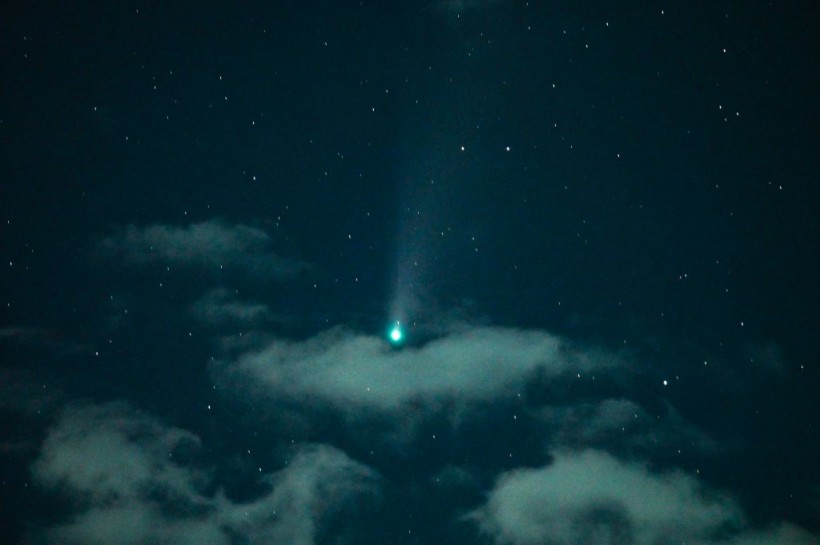Comet Interceptor, a European Space Agency (ESA) mission was approved on June 8 and will hit the galaxy in 2029.
The mission is a collaboration between ESA and the Japan Aerospace Exploration Agency (JAXA). It will involve three probes, the main spacecraft, and two smaller satellites. These will launch along with Ariel, the European exoplanet.

(Photo : YE AUNG THU/AFP via Getty Images)
TOPSHOT - This long-exposure photograph taken on July 24, 2020 shows a view of the Comet NEOWISE (C/2020 F3) in the sky over Shwebo, Sagaing region in Myanmar.
ESA will build the main spacecraft and one of the probes. JAXA will work on the second smaller satellite. All in all, it will weigh less than 2,200 pounds.
Each probe will have different instruments that can shape and structure the moment and analyze the surface composition. The probes will also be capable to analyze the dust and gas of the coma, which is the tail-like cloud from the surface.
The mission was proposed in 2018 and was in consideration in 2019. It is part of the class F mission, which means that it will take eight years from the start of the project to the launch, and the weight of the spacecraft will be less than 1000kg.
Launching Blind?
One thing to note about this mission is that it won't know the target before the launch. Lagrange Point 2 is a stable point that is 930,000 miles from Earth and in the direction away from the sun. This point is among the five points between the sun and Earth where balanced conditions exist.
When a spacecraft is in this region, it will orbit the sun the same way the Earth does while it's protected from the sun's glare. This is why it is one of the most sought-after destinations for astronomy missions. In fact, NASA's James Webb Telescope is one of its residents.
However, L2 will only be a temporary destination for the Comet Interceptor. The reason it will be there is to wait for a unique target to arrive. It could either be a comet from the outskirts of the solar system, or it could be an object such as the Oumuamua.
ESA is optimistic that the Comet Interceptor will be able to find a target to appear in a short period. This is based on the rate of new comets that are discovered every year.
Once it does, the three spacecraft will separate and image the body in sync from various angles to get a 3D profile.
The Mission
The mission is all about getting unprocessed material from the dawn of our solar system. It can help further the understanding of comets and how the solar system formed and evolved.
Also, it may also explore the possibility of a visit to an interstellar comet. If this is successful, we will have a chance to look into another star system.
Related Article: A Look Back At The Rosetta Mission
This article is owned by TechTimes
Written by April Fowell









